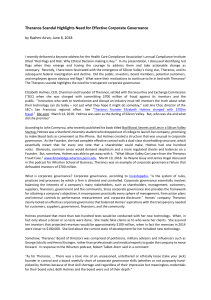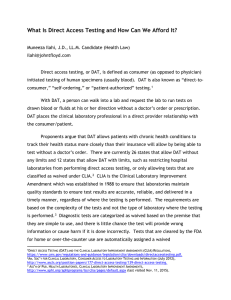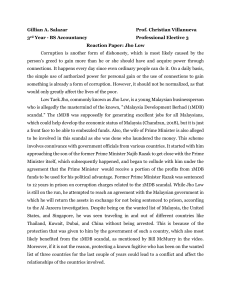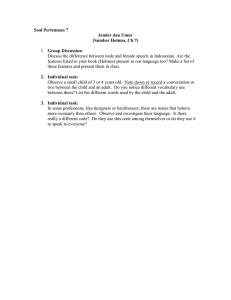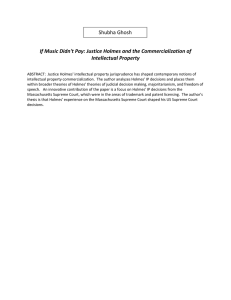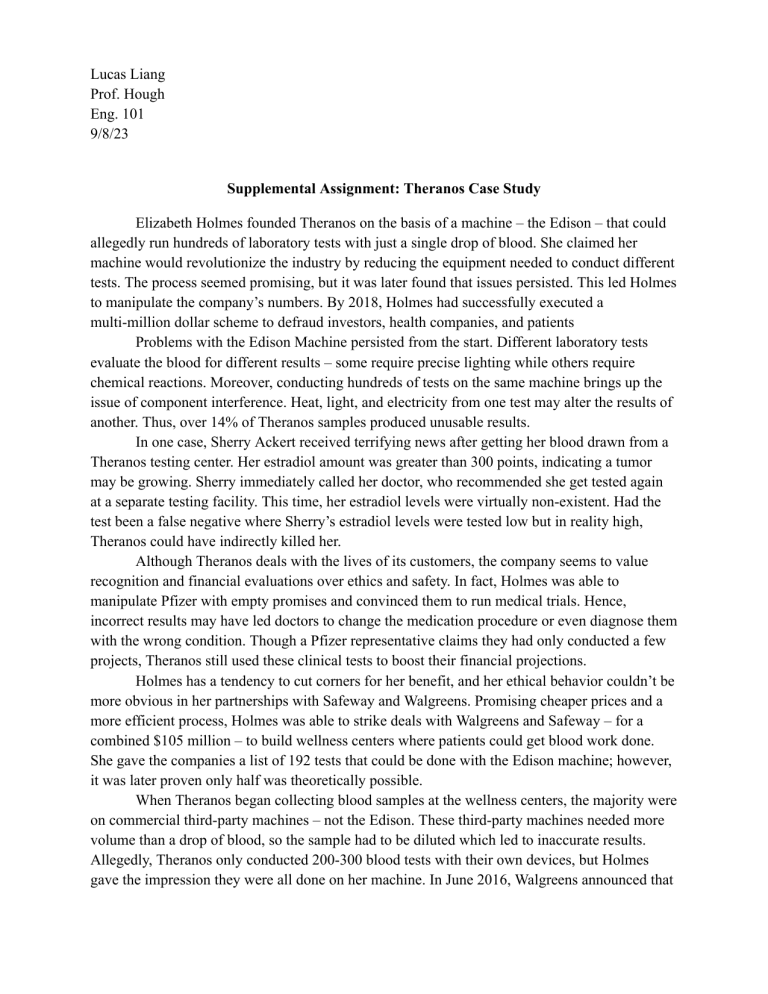
Lucas Liang Prof. Hough Eng. 101 9/8/23 Supplemental Assignment: Theranos Case Study Elizabeth Holmes founded Theranos on the basis of a machine – the Edison – that could allegedly run hundreds of laboratory tests with just a single drop of blood. She claimed her machine would revolutionize the industry by reducing the equipment needed to conduct different tests. The process seemed promising, but it was later found that issues persisted. This led Holmes to manipulate the company’s numbers. By 2018, Holmes had successfully executed a multi-million dollar scheme to defraud investors, health companies, and patients Problems with the Edison Machine persisted from the start. Different laboratory tests evaluate the blood for different results – some require precise lighting while others require chemical reactions. Moreover, conducting hundreds of tests on the same machine brings up the issue of component interference. Heat, light, and electricity from one test may alter the results of another. Thus, over 14% of Theranos samples produced unusable results. In one case, Sherry Ackert received terrifying news after getting her blood drawn from a Theranos testing center. Her estradiol amount was greater than 300 points, indicating a tumor may be growing. Sherry immediately called her doctor, who recommended she get tested again at a separate testing facility. This time, her estradiol levels were virtually non-existent. Had the test been a false negative where Sherry’s estradiol levels were tested low but in reality high, Theranos could have indirectly killed her. Although Theranos deals with the lives of its customers, the company seems to value recognition and financial evaluations over ethics and safety. In fact, Holmes was able to manipulate Pfizer with empty promises and convinced them to run medical trials. Hence, incorrect results may have led doctors to change the medication procedure or even diagnose them with the wrong condition. Though a Pfizer representative claims they had only conducted a few projects, Theranos still used these clinical tests to boost their financial projections. Holmes has a tendency to cut corners for her benefit, and her ethical behavior couldn’t be more obvious in her partnerships with Safeway and Walgreens. Promising cheaper prices and a more efficient process, Holmes was able to strike deals with Walgreens and Safeway – for a combined $105 million – to build wellness centers where patients could get blood work done. She gave the companies a list of 192 tests that could be done with the Edison machine; however, it was later proven only half was theoretically possible. When Theranos began collecting blood samples at the wellness centers, the majority were on commercial third-party machines – not the Edison. These third-party machines needed more volume than a drop of blood, so the sample had to be diluted which led to inaccurate results. Allegedly, Theranos only conducted 200-300 blood tests with their own devices, but Holmes gave the impression they were all done on her machine. In June 2016, Walgreens announced that it would terminate its relationship with Theranos, closing all Theranos Wellness Centers and halting Theranos laboratory testing services at all locations. Safeway soon followed. According to the virtue ethics framework (my assigned framework), it can be concluded that Holmes breached code and partook in unethical behavior. For example, lying to investors about financial data violated honesty, withholding internal problems about equipment issues violated integrity, and bullying employees who raised concerns violated courageousness. Instead of arresting Holmes for her actions, however, a virtue ethicist would guide her to achieve these virtues she lacked to make better decisions. As overwhelming evidence against Theranos grew, skeptics began blowing the whistle. Among the first were Tyler Schultz and Erika Cheung, former Theranos employees. After seeing disgusting practices, they voiced concerns to Holmes that Theranos had failed quality-control inspections and deceived research. In the end, they were ignored, so they went to the press – mainly through The Wall Street Journal – which brought the issue mainstream. Once investigative reporter John Carreyou’s article was released, the world began waking up to the facade. The Food and Drug Administration made a surprise investigation, finding the Edison machine could only carry out 12 of the 250 claimed tests. A federal grand jury indicted Holmes for two fraudulent schemes, and investors sued her company for millions. Now, the rise and fall of Theranos is told as a cautionary ethical tale. References Derfield, “Walgreens Terminates Relationship with Theranos; Will be Closing Operations at All 40 Theranos Wellness Centers in Arizona” De Chant, “Theranos device failed pharma evaluation, while lab director cleared it for seven tests” Carreyou, “Theranos Whistleblower Shook the Company – and His Family” Wall Street Journal, “Theranos Patient Upset by Test Results” (Video) Ramsdell, “Theranos: A cautionary tale of ethics and entrepreneurship” ColdFusion, “Theranos – Silicon Valley’s Greatest Disaster” (Video) Wall Street Journal, “Theranos Hid Use of Third-Party Machines, Investor Says” ABC News, “How Elizabeth Holmes sold the idea of Theranos to employees, investors” (Video)
